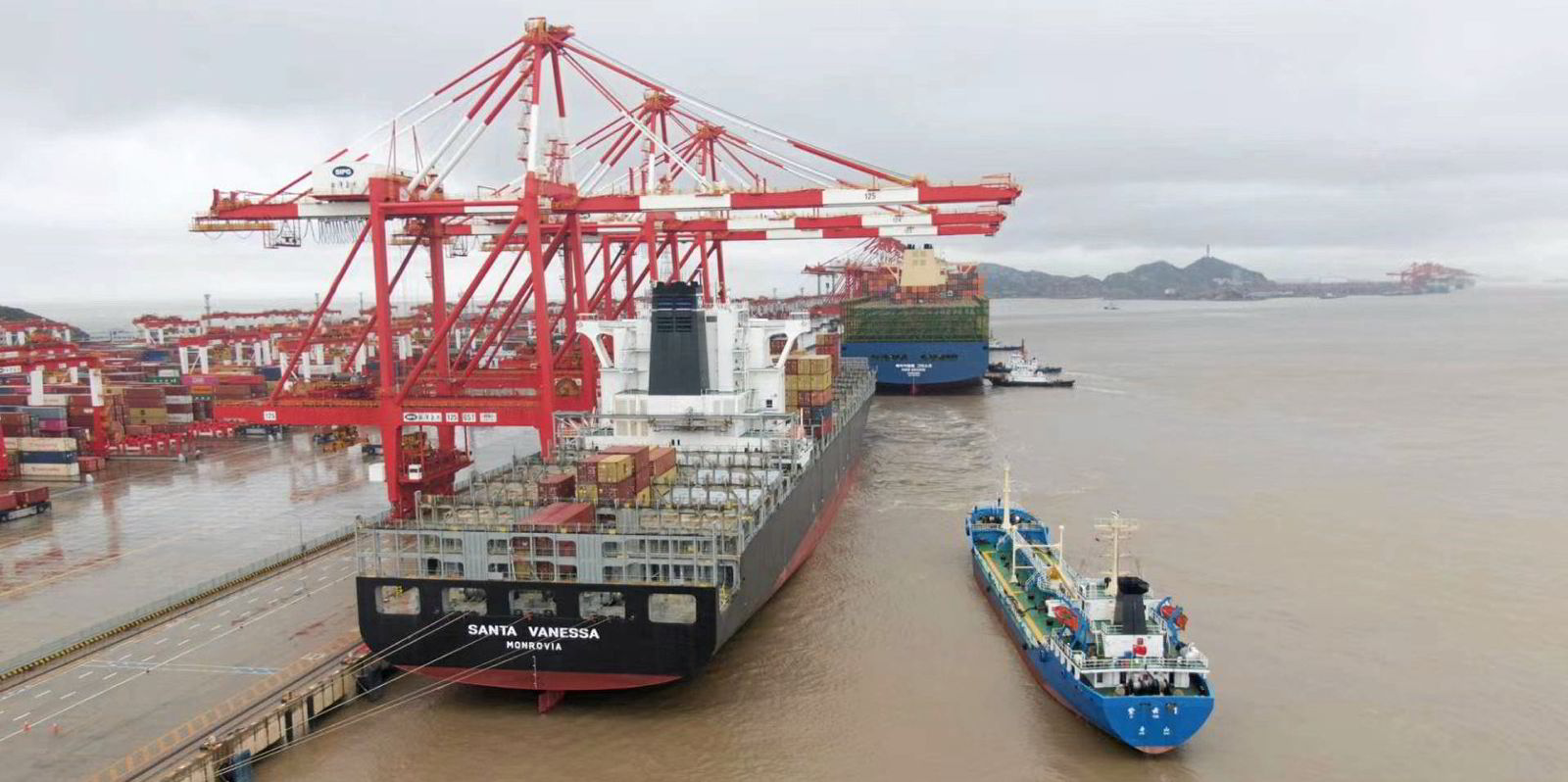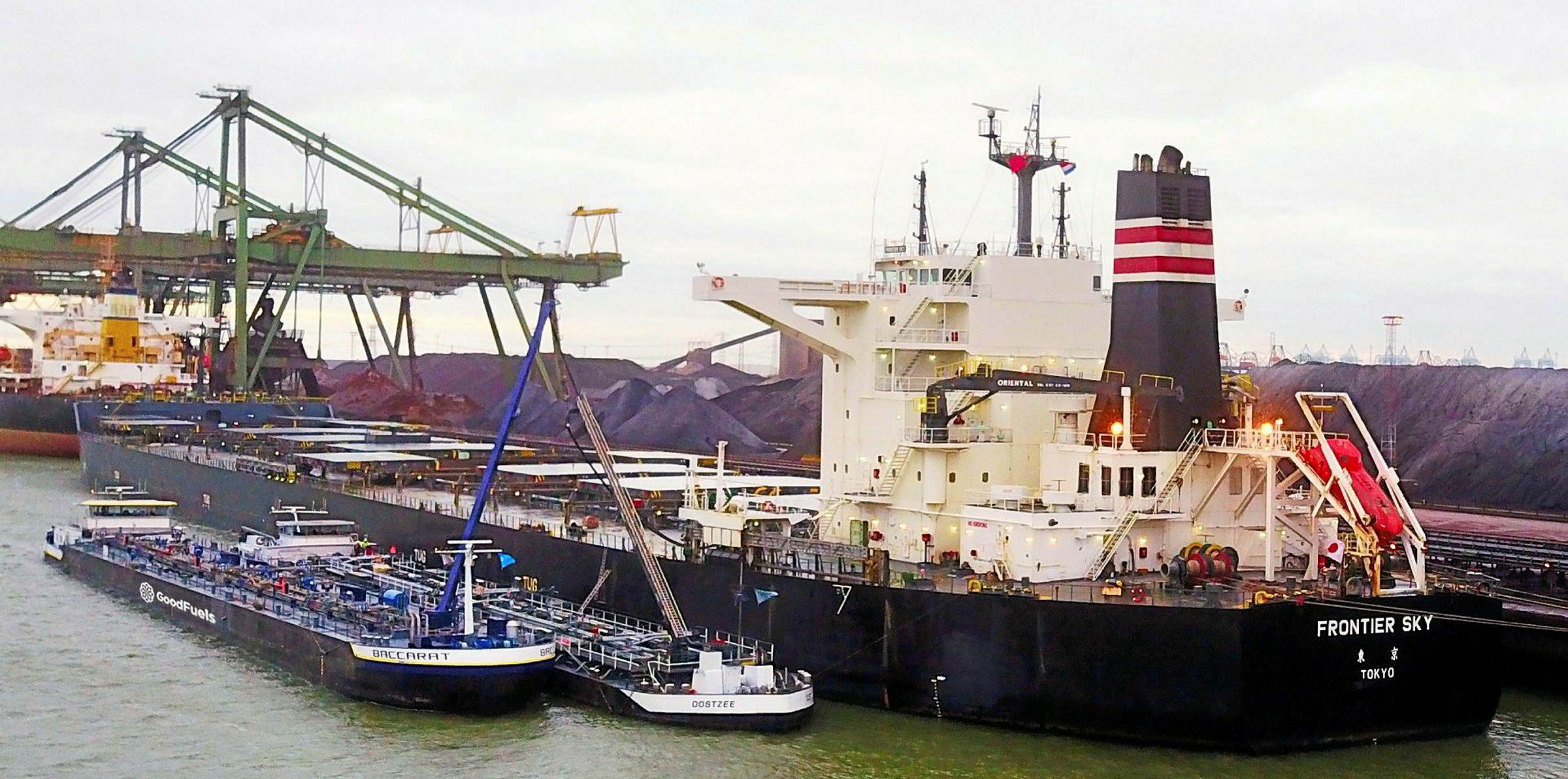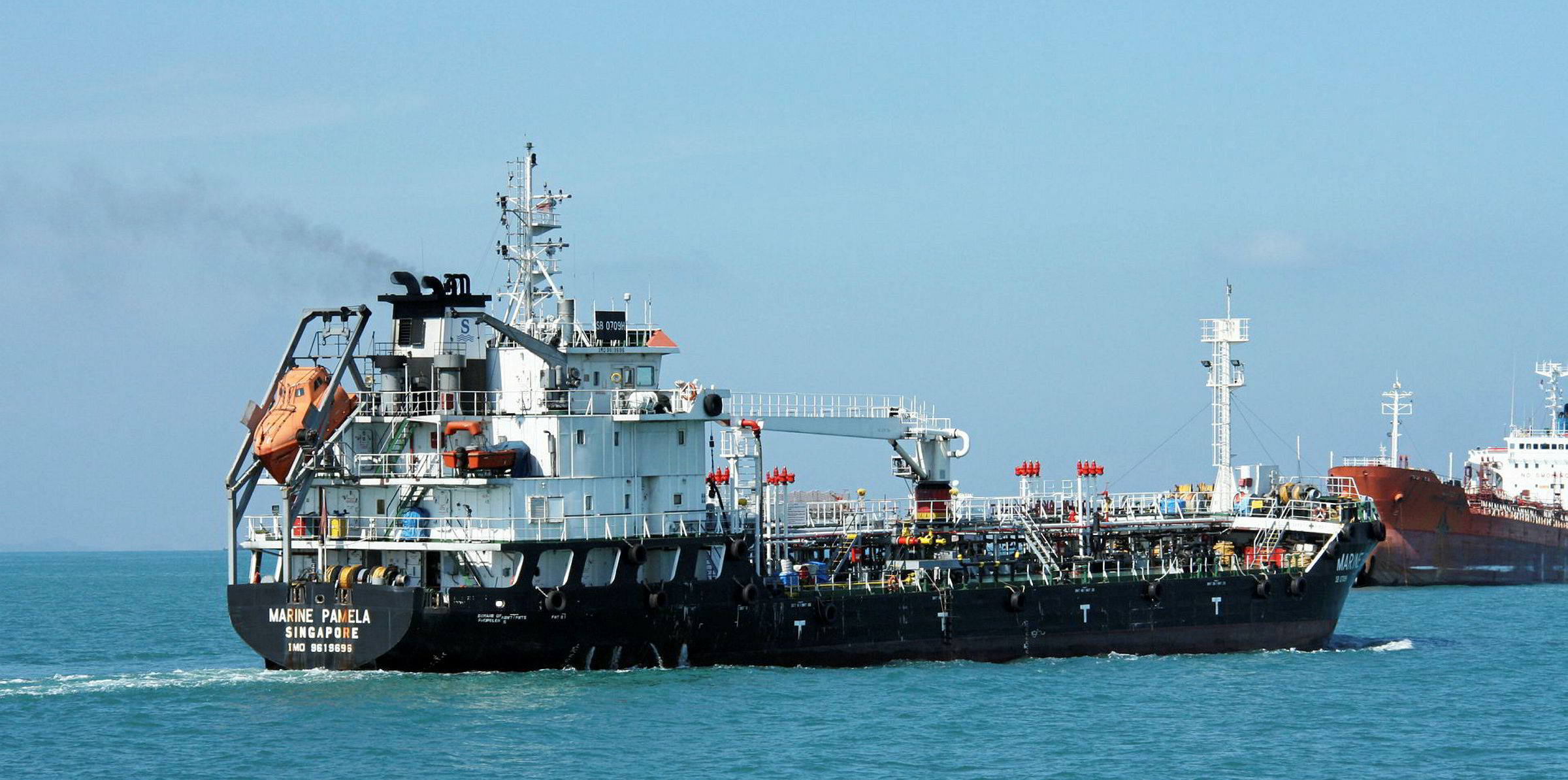The International Energy Agency (IEA) said it expects a lacklustre growth in marine fuel demand for the years to come due to regulatory pressure and slow recovery in international trade.
In its Oil 2021 report, OECD’s energy analysis body said global bunker demand will grow 160,000 barrels per day (bpd) this year before expanding by 55,000 bpd per year between 2022 and 2026.
Bunker consumption is expected to reach 4.2m bpd in 2026, of which very low-sulphur fuel oil (VLSFO) will account for 2.2m bpd.
“Demand is expected to remain relatively subdued in the forecast period, as the recovery in international trade remains slow with the reorganisation of supply chains and increasing concerns regarding the security of supplies of sensitive materials,” the IEA said.
Moreover, the International Maritime Organization is due to introduce new rules to reduce greenhouse gas emissions from shipping in 2023.
The regulation is likely to reduce bunker demand growth in the medium term as shipowners are expected to improve fuel efficiency, the IEA added.
IMO 2020
In 2020, bunker demand fell by 4.3% to about 3.8m bpd due to reduced international trade during the Covid-19 pandemic.
In addition, the IMO’s new sulphur rules significantly altered the marine fuel mix.
The United Nations agency has required nearly all vessels to switch from high-sulphur fuel oil (HSFO) to VLSFO or marine gasoil (MGO) from January 2020, unless they are installed with scrubbers.
The IEA estimated HSFO demand more than halved to 1.1m bpd as many vessel operators had to use the fuels with lower sulphur contents.
But HSFO consumption as marine fuel is forecast to slowly increase in the coming years with the deployment of scrubbers, the IEA added.
Meanwhile, VLSFO demand jumped by 1.4m bpd to almost 1.7m bpd in 2020.
The IEA expects VLSFO consumption to gradually increase and eventually reach 2.2m bpd in 2026.
MGO consumption rose 110,000 bpd to about 1m bpd last year, but the IEA said its consumption is unlikely to grow over the next few years.
Relief for refiners
Many in the oil industry had complained about the IMO 2020 rules before the regulation was introduced, as refineries needed to make heavy investments in their facilities to produce VLSFO.
But the IEA said VLSFO will remain a “premium” product for refiners with forecast soft demand growth for other refined productions.
“The forecast growth in VLSFO demand, which is gradually replacing HSFO in the marine sector, will provide some relief for refiners,” the IEA said.







